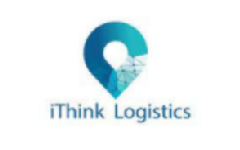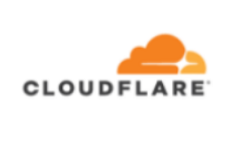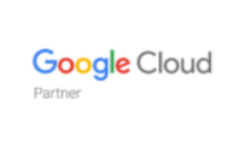With you in your
Ecommerce Journey
We take full responsibility of your ecommerce tech needs.
Hey, what brings you
here today?
I want to revamp my current
eCommerce store
We covered all the necessary areas to launch new brand store.
Our Shopify eCommerce Suite Revenue Booster
35% uplift in revenue just in 180 days.
I want to launch new eCommerce store
Build Experiences that will win the hearts and loyalty – of your customer.
We help leading D2C Brands
to overcome their
Ecommerce challenges















Let our customer talk on our
behalf

We hired Farzi engineers when we were struggling to scale at Mamaearth because website was not able to handle the traffic. Ashutosh & Gaurav first came in as consultants and stabilize our previous website so that we can run business smoothly on older stack. Within 3 months, they launched a new website which has the capability to handle at 10x traffic of previous one and with a lot more features. Soon after optimization, we were able to increase our conversion rates and hence our CAC starting going down. Running business had become much smoother and efficient. I would like to recommend Farzi engineers to growing D2C brands and look forward to working with them in future projects. Keep up the good work.

VP of Growth
Thanks to FarziEngineer’s efforts, the client’s conversion rates have increased significantly. The team has utilized an agile approach to executing a smooth workflow. Their customer support has stood out in the partnership.
Read more on Clutch

General Manager Marketing, Lotus Herbals

With a lot of plugins, my website was jerky and I was not able to provide a stable app-like experience on my website. I reached out to the guys at far who helped me set up my website on farzicom. With Farzicom the new website has an app-like look and feel and the website is not jerky. The new website within 7 days of my launch improves conversion percentage by 30%. By Page load time dropped significantly under 5 seconds. Shopify had limitations of making customisations on checkout and creating flows on the website which Farzicom had enabled.

Co-Founder, Plixlife

Within a week of their engagement, the client has seen an improvement in their data transfer speed. FarziEngineer delivers quick and effective solutions and recommendations for the client’s needs. Their collaborative approach and quick response time have set them up for a long-term partnership.
Read more on Clutch

Founder and Director @ Arve Digital

The client continues to receive positive feedback from its customers ever since the website was launched. FarziEngineer delivers seamless browsing and ordering for the end-users. Their team works together with clear roles for each member. They actively listen to the client’s feedback and advice.
Read more on Clutch

Founder & Creative Head, Anand Prakash


Read more on Clutch


Read more on Clutch

Read more on Clutch

Some Resource you would
love to read
Which KPIs to monitor on your eCommerce store
Headless Commerce: Upcoming trend in Digital Sales
Why does having your own online store make sense?
Industry Wise E-Commerce Conversion Rates
No worries, We got your
Brand covered everywhere!



We Partnered
So that we can simplify the lives of online business owners, like you, by providing friction-free support from these companies.














